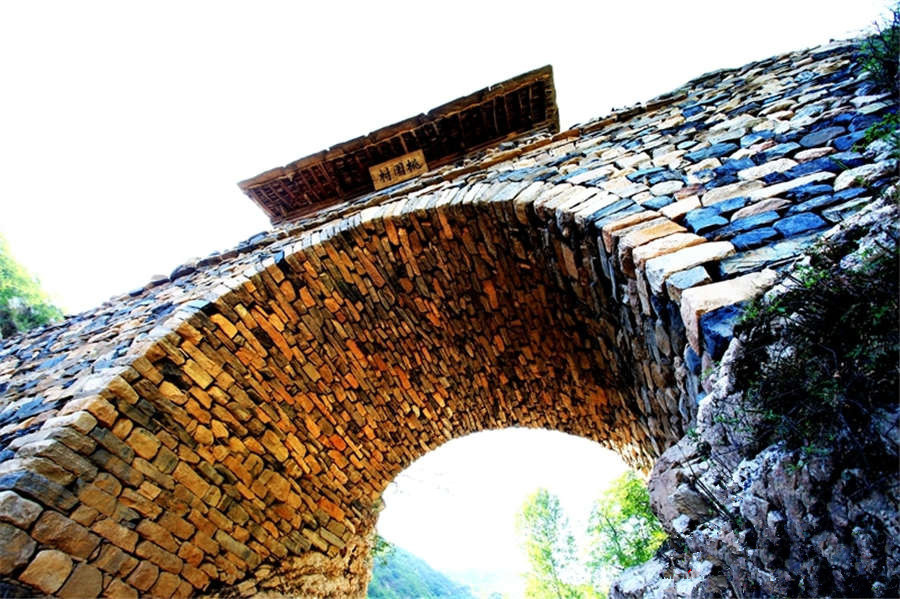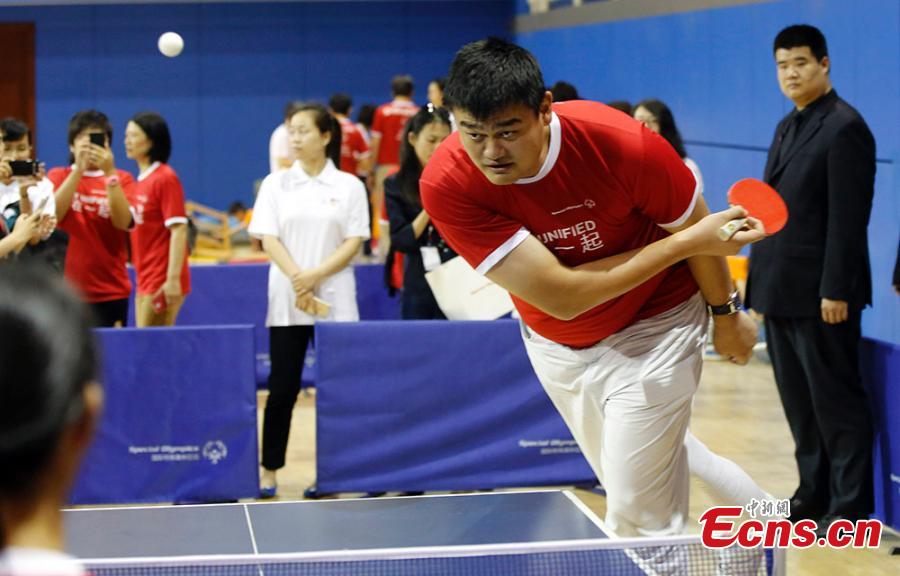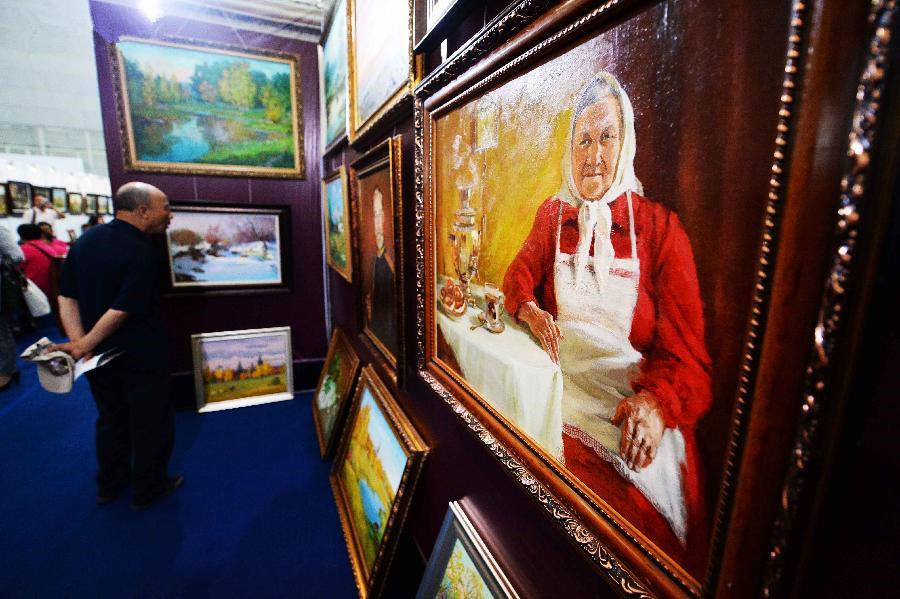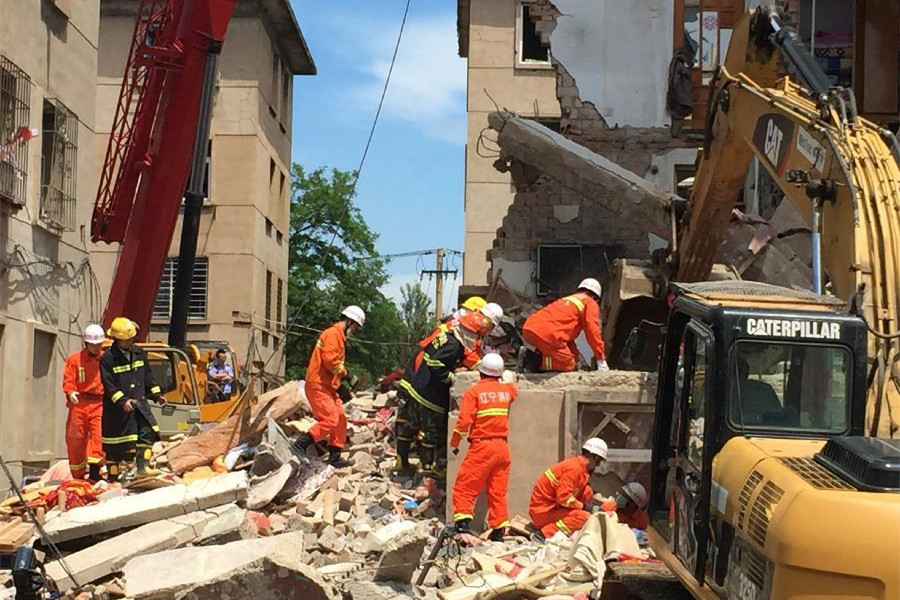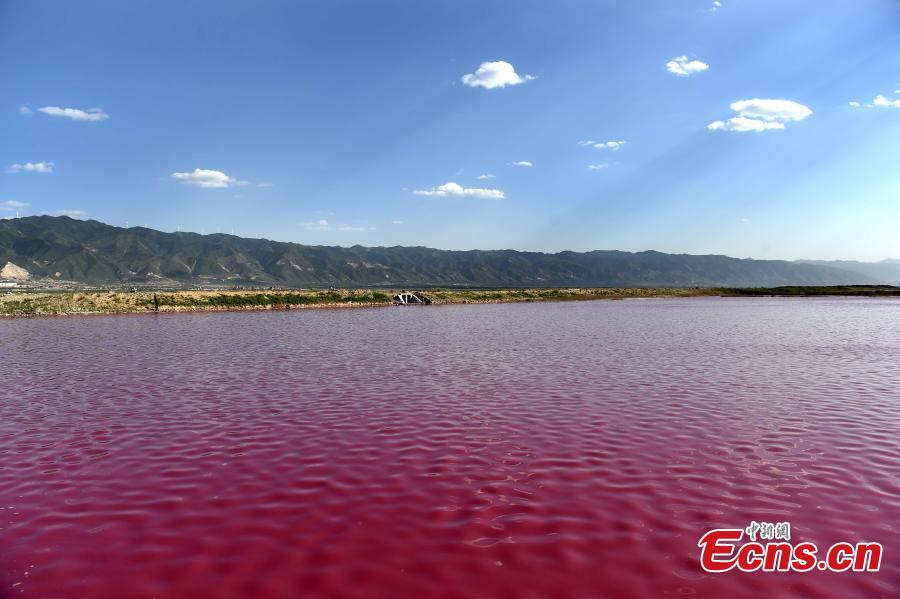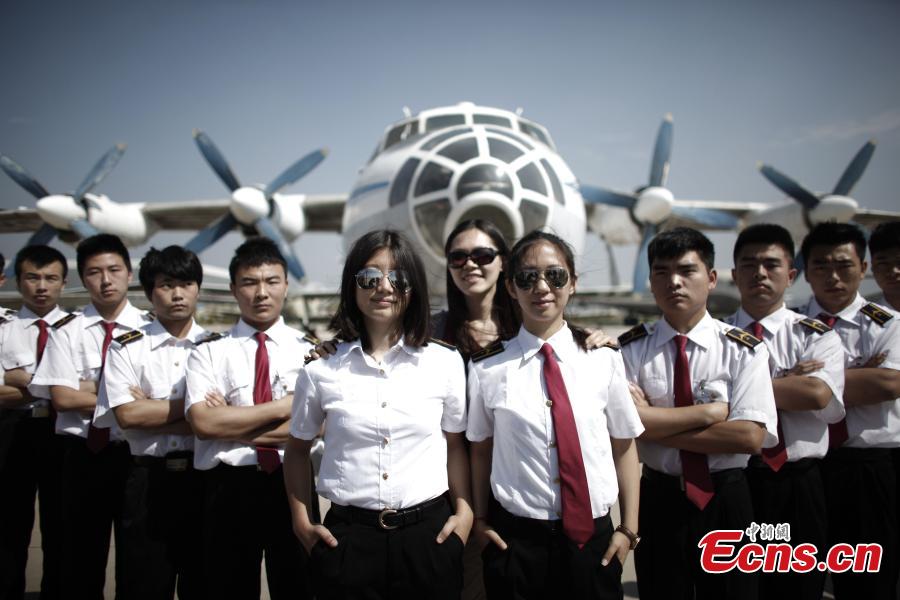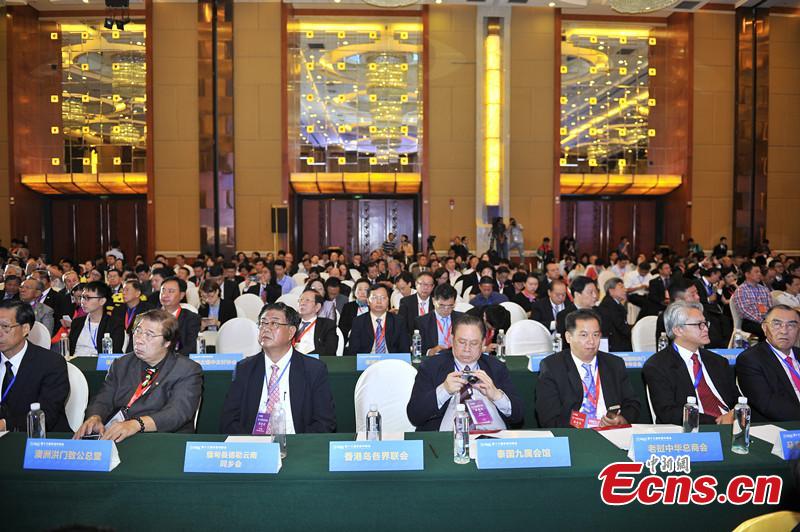A long road to becoming a monk
If you plan to study abroad, a preparatory school is probably not unfamiliar. Similarly, if you want to become a Buddhist monk, you might consider a 'cram school' first. At temples, those who study in the cram schools are referred to as kappiyas. Those who apply for the cram schools are kappiyas-to-be, and they require extra tutoring in how to become a monk.
Burkhard, 38, is a kappiya-to-be from Germany. His Chinese name is Li Bohan. Before going to Longquan Temple, he was a university professor in Taiwan. When he studied at the Central Academy of Drama, his interest was learning as many foreign languages as possible.
Li Bohan became interested in Buddhism during his travels in Dehong Prefecture and Xishuangbanna of southwest China's Yunnan Province. He happened to find out that Abbot Xue Cheng of Longquan Temple had started a blog in 2006 which was translated into seven languages – English, Japanese, Korean, Russian, French, Spanish and German – with contributions from volunteers.
In June 2011, Li moved into the temple, but did not choose to work as a lay Buddhist first; instead, he hoped he could become a monk directly. However, he had no choice but to start as a kappiya-to-be. Li found that it is not easy to become a kappiya, which requires one to pass a spiritual examination.
Liu Zhiyu, a top student at Peking University born with natural wisdom, has already become a kappiya. Like all other kappiyas, he attends lectures given by masters from Tuesday to Friday, and must learn Buddhist sutras and etiquette as preparation for his future life as a monk.
According to Liu, there is still a long way to go, yet he thinks it is really a valuable learning process, both physically and spiritually. It enables him to ponder the meaning of life and the value of an individual clearly. He says that even after he passes the kappiya phase, he will become a Buddhist novice first, which is different from a monk.
Liu compares Longquan Temple to a modern university. He thinks inner peace is the most important status for an individual, and that his current studies will lead him to a tranquil mind.
Unlike Shaolin Temple, Abbot Xue Cheng has chosen to keep business outside the temple gate. Visitors are not charged admission at Longquan Temple, and even joss sticks for devotees are free of charge. None of the monks are paid an allowance, but enjoy free basic necessities and medical care.









